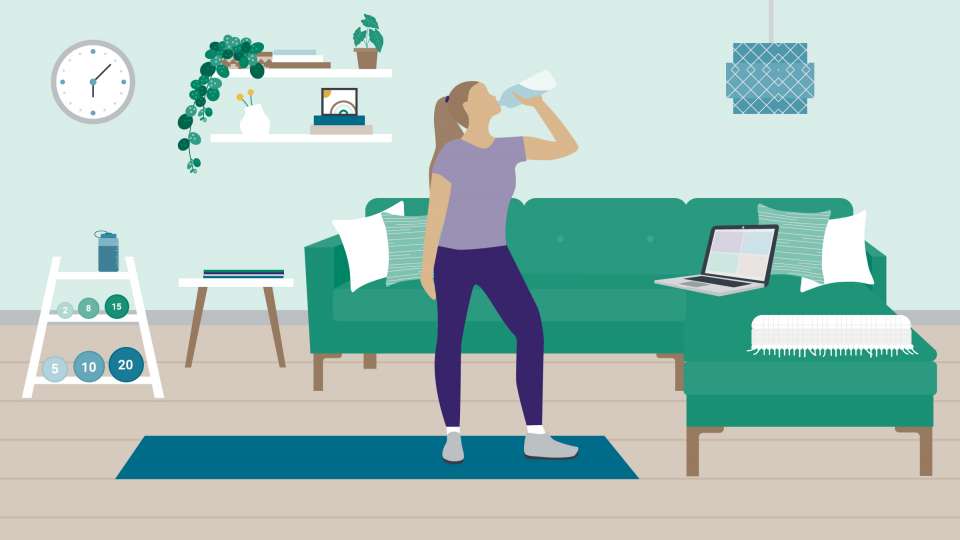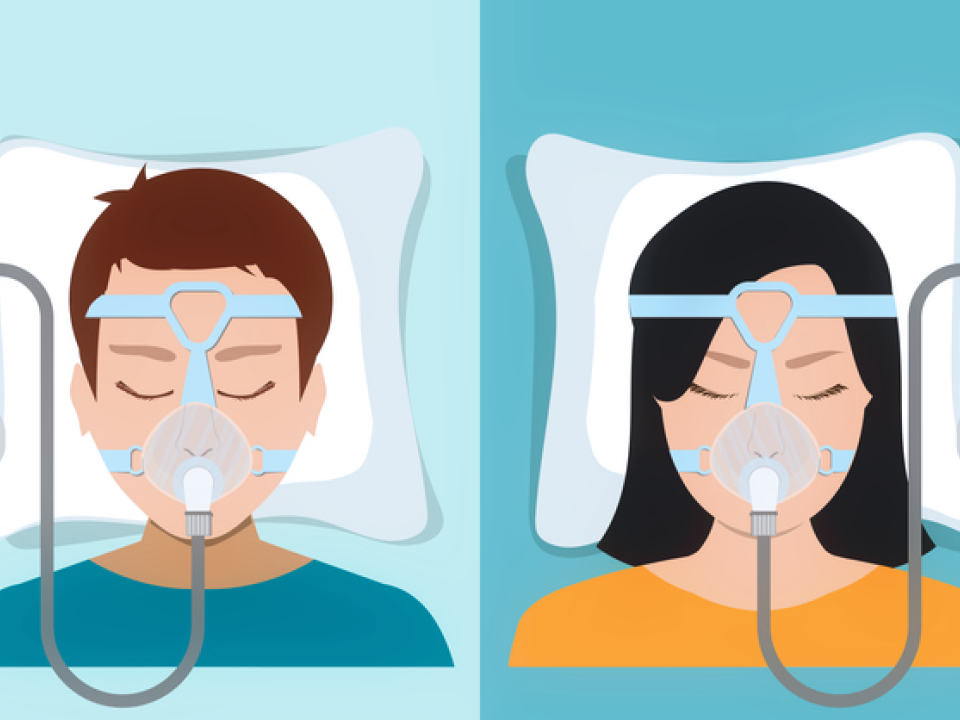
It was around mile 24 of the marathon when things started to come unhinged.
My left ankle throbbed. But I was close to the finish line and didn’t want to slow down, so I pushed through the pain. As soon as I completed the race, it became clear: I ran too fast for too long, and my Achilles had had it.
What came next was seven months of physical therapy, pain, no running and regret.
For me, those months of no running were the equivalent of being deprived of a basic human need like water or air — OK not quite like that, but you get the idea. The question I asked myself over and over again: How do you avoid exercise-related injuries in the first place?
While that answer somewhat depends on our individual bodies, fitness levels and sports, there are tried and true practices everyone can follow to stay healthy while exercising.
Dr. Samuel Browd, a neurosurgeon and director of The Sports Institute at UW Medicine, gave me four tips for how to exercise at the right level for you to make your workouts effective and injury free.
Use your heart rate as a guide
When working out, how do you know if you’re pushing yourself too hard or not enough?
“The basic rule of thumb when working out is to gauge how difficult the exercise you’re doing feels,” says Browd. “Your breathing pattern and heart rate are two ways to get an idea if you are pushing yourself too hard.”
To use your heart rate to gauge intensity, start by estimating your maximum heart rate: Subtract your age from 220.
For example, a 30-year-old’s estimated maximum heart rate is 190 (220-30=190).
“Once a maximum heart rate is calculated, it can be used to gauge physical activity intensity,” says Browd. “A person’s heart rate during moderate-intensity physical activity should be about 50% to 70% of their maximum heart rate, while vigorous-intensity physical activity would be 70% to 85% of their maximum heart rate.”
If you’re not tracking your heart rate while you exercise, you can still gauge your effort based on how heavy you’re breathing.
“When a person is doing moderate-intensity aerobic activity, such as brisk walking or cycling, that means that they can talk, but not sing, meaning they can have a conversation with a friend but not carry a tune without needing to catch their breath,” says Browd. “A person performing vigorous-intensity physical activity cannot say more than a few words without pausing for a breath.”
So if you’re doing vigorous-intensity exercise, it’s normal to be tired and breathless. But Dr. Browd draws the line here: If you experience symptoms such as chest pain, difficulty breathing or joint or muscle pain, stop exercising and seek medical attention. (That Achilles pain I felt at mile 24? Yeah, that was a glaring sign that I should have stopped.)
Choose workouts that match your fitness level
Another way to avoid injuries while working out is to make sure you exercise at the level that’s right for you.
Just because a fitness instructor uses 20-pound weights, doesn’t mean you should break yourself trying to keep up. (You’ll find me over here kicking it with the 5-pound dumbbells!)
A good rule of thumb is to select a weight that feels challenging but doable to the point that you’re able to complete all of the reps and sets in the prescribed amount of time.
The same goes for other activities: If you’re rock climbing, don’t select the hardest route in the gym if you’ve never climbed before. If you’re hiking, don’t spring for a steep, 20-mile day hike if you’ve only dabbled on the trails.
Pushing yourself too hard can overexert your muscles, tendons or joints and cause injuries.
“Some common injuries during exercise include joint sprains or pain, tendon injuries and muscle strains,” says Browd. “Injuries either occur acutely due to an event or can be more chronic and related to overuse.”
Gradually increase workout duration and intensity
Browd says that the key to injury prevention during exercise is to gradually increase exercise time and difficulty.
Putting that into practice, let’s say you decide to run a 5K. How do you go about finding the right plan for you? Start with your baseline fitness.
“For example, if you have not run in over a year, start by walking and gradually increase the intensity from there,” says Browd.
To set yourself up for injury-free success, it’s also important to select a training plan created by a certified professional and properly fuel, hydrate and rest.
Regardless of the sport — be it biking, yoga, weightlifting or skiing — these guidelines apply.
And if you don’t work out regularly, a good starting point is to exercise for 10 to 20 minutes per day, two to three times a week and to increase the duration of workouts by 10% each week.
“This can be gradually increased either by chunks of time or frequency — days per week — over time,” says Browd.
Properly hydrate and fuel yourself
“Hydration and nutrition are both important factors in preventing injuries,” says Browd.
Dehydration can decrease performance and cause muscle cramps. If that sounds like a recipe for injury, that’s because it is.
The American College of Sports Medicine (ACSM) recommends drinking about 17 ounces of water (which is just over half of a Nalgene water bottle) around two hours before you work out, and then at a rate sufficient to replace the water you lose while you sweat during exercise.
Not only does what you eat and drink before and during your workout matter, but after as well.
“Proper nutrition and hydration help the body repair and recover after exercise,” says Browd. “Giving your body the proper amount of energy in the form of calories is also very important for the health of bones; the immune system, which helps fight infections; and the endocrine system, which has a significant impact on general health and in reducing injuries.”
In fact, if your body doesn’t have enough energy from calories, it can cause injury and impact your performance during exercise (and cause you to “bonk,” which is as miserable as it sounds).
The ACSM recommends foods to eat before and after a workout so you can bring your best to your workout and leave the “bonk” behind.
The bottom line
Whether you’re an Olympic-level athlete, a committed at-home workout doer or just dabbling in the exercise department, following these four tips can help prevent injuries.
Listen to your body, choose workouts that align with your fitness level and gradually increase your workout intensity.
And make sure to hydrate and give your body the nutrients it needs to set you up for sweaty, injury-free workout success.
Before starting a new exercise routine, it's a good idea to talk to your doctor — especially if you have any health conditions or are recovering from COVID-19.

 Healthy ideas for your inbox
Healthy ideas for your inbox





